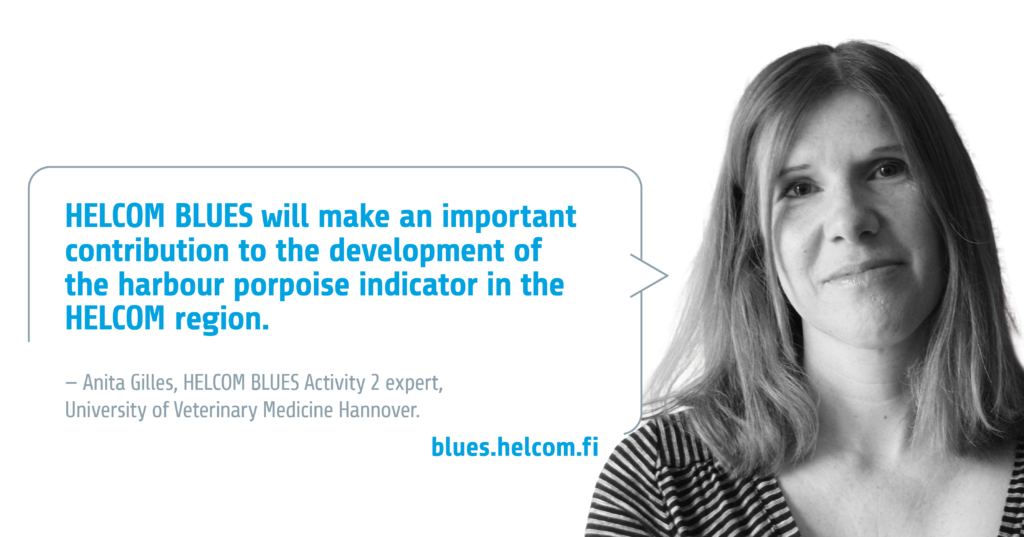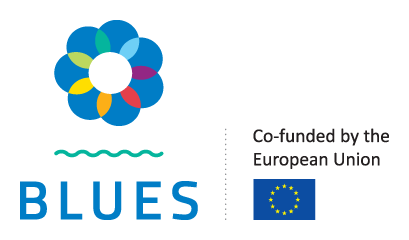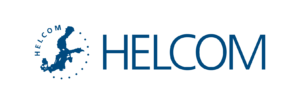
Anita Gilles works in Task 2.4 “Harbour porpoise”. She is a senior scientist at the University of Veterinary Medicine Hannover where she is also responsible for the German national monitoring of harbour porpoises. She is also the lead of the OSPAR Marine Mammal Expert Group, former co-chair of the ICES Working Group on Marine Mammal Ecology and HELCOM indicator co-lead for harbour porpoise abundance and distribution.
What is your Activity/Task in HELCOM BLUES all about? What main challenges and/or pressures on the Baltic Sea does it try to solve?
In subtasks 2.4.1 and 2.4.2, we aim to close knowledge gaps regarding the abundance, and especially trends in abundance, of harbour porpoises in the Belt Sea. This is challenging because each population estimate comes with an uncertainty that we need to consider. In order to perform a robust assessment of the status of this protected species, we first need to evaluate dedicated visual surveys that have been conducted since 1994 in this area. We then apply advanced statistical methods to investigate any trend in abundance.
What are the planned outcomes of your specific BLUES Activity/Task?
The planned approach will be applied to survey data collected for the Belt Sea population and we plan to deliver a state-of-the-art trend analysis.
In this activity, we also aim to harmonise approaches, i.e., across the regions between OSPAR and HELCOM, to assess trends in cetacean abundances and to assess against a species-specific threshold if possible.
The implemented assessment on trends, eventually also a proposal for thresholds, will be presented to the relevant HELCOM Expert Groups and subsequently for endorsement in the HELCOM structure.
How will your BLUES Activity/Task benefit your organization in particular and the Baltic Sea in general?
We always aim to have a regional view on species, especially with populations that span large areas of marine habitats. This is also very important for a holistic view on the ecosystem, which is what HELCOM aims for in its HOLAS reports. The benefit is also to bring forward new developments in methodology and to harmonise across regions. If we would like to apply a successful management for the conservation of indicator species, such as the harbour porpoise represents in its function as a top predator, we need to strive for frameworks that allow to assess the effectiveness of measures.

